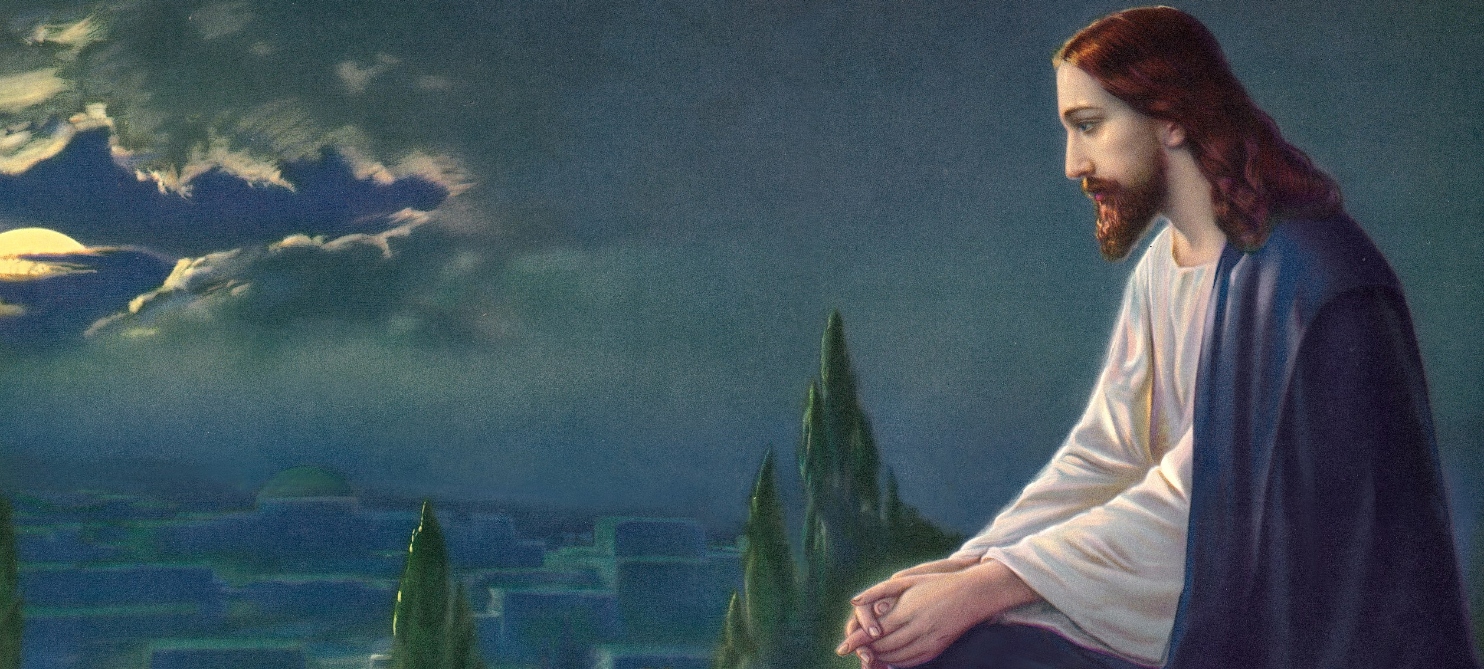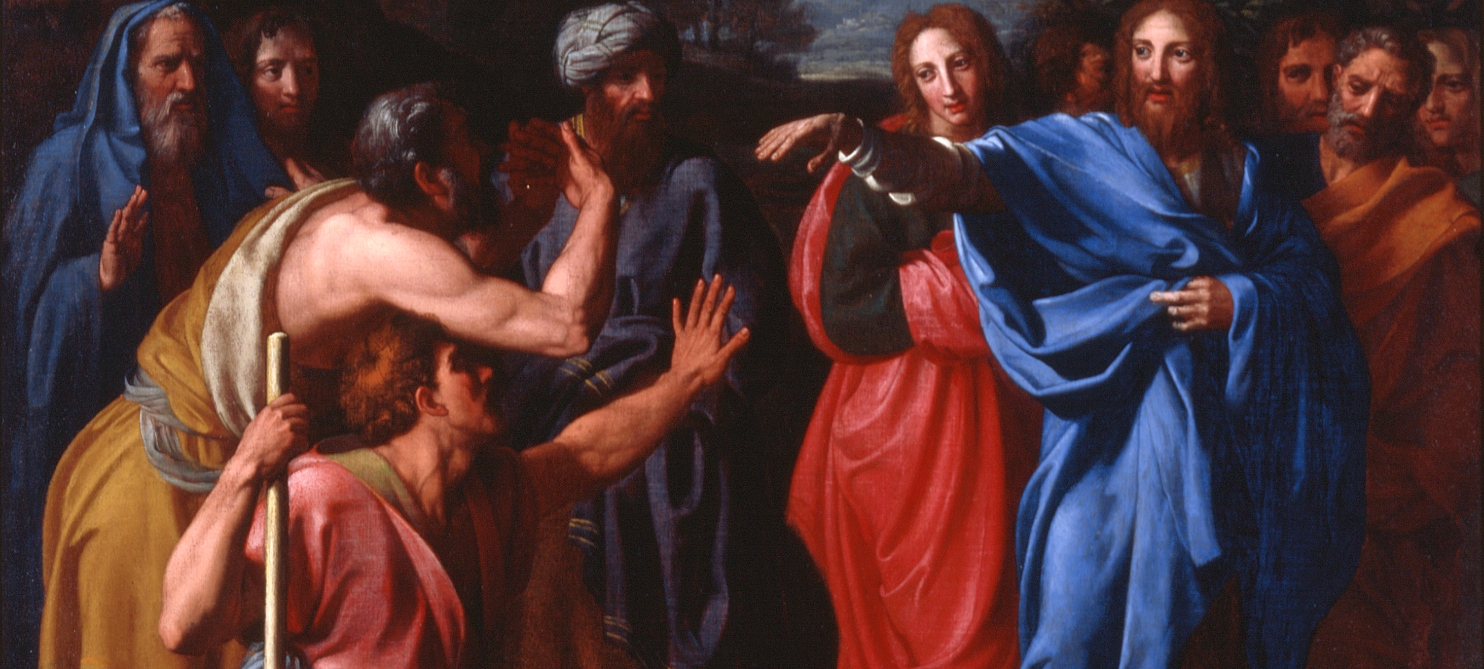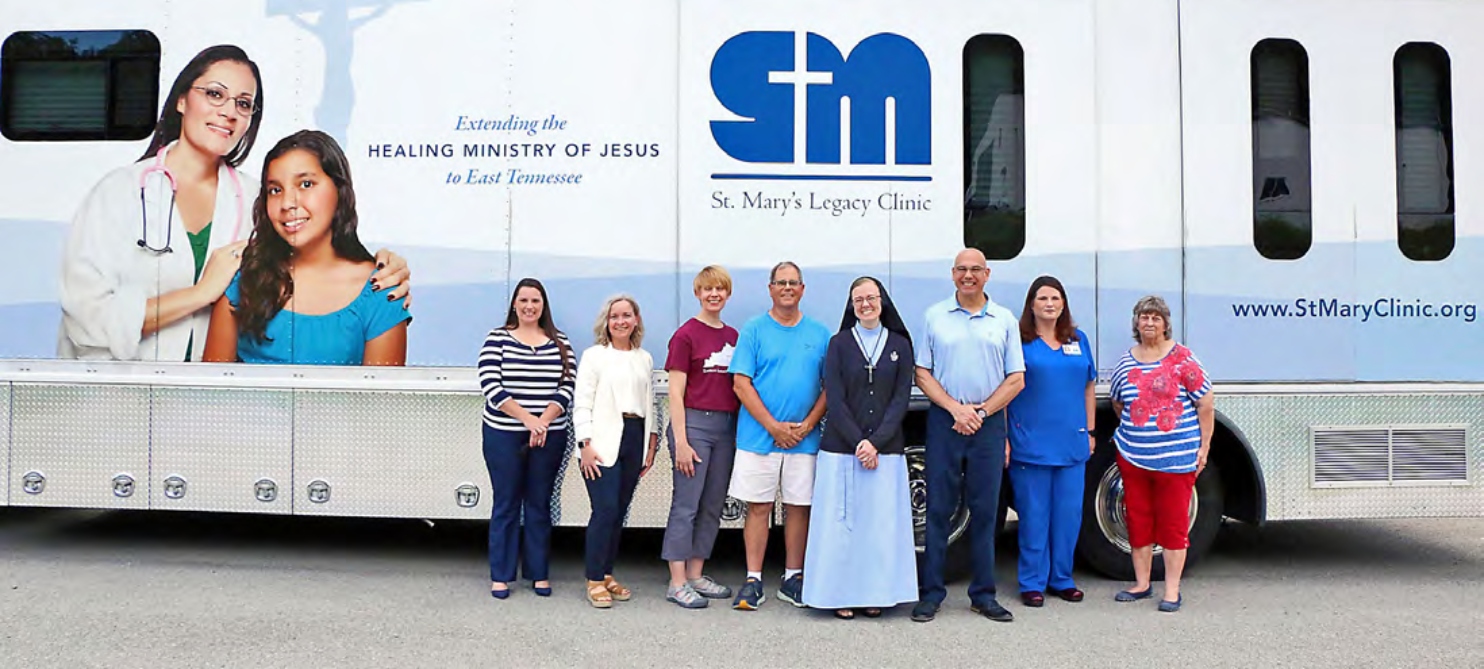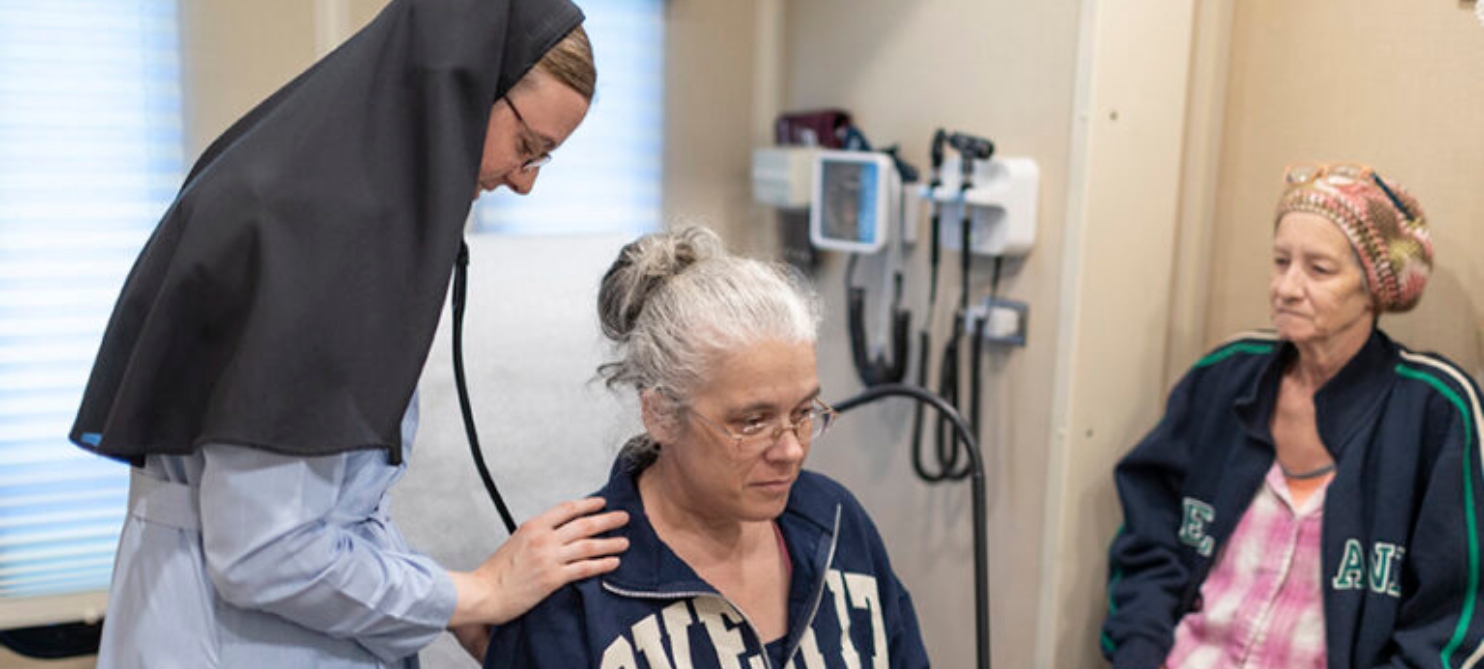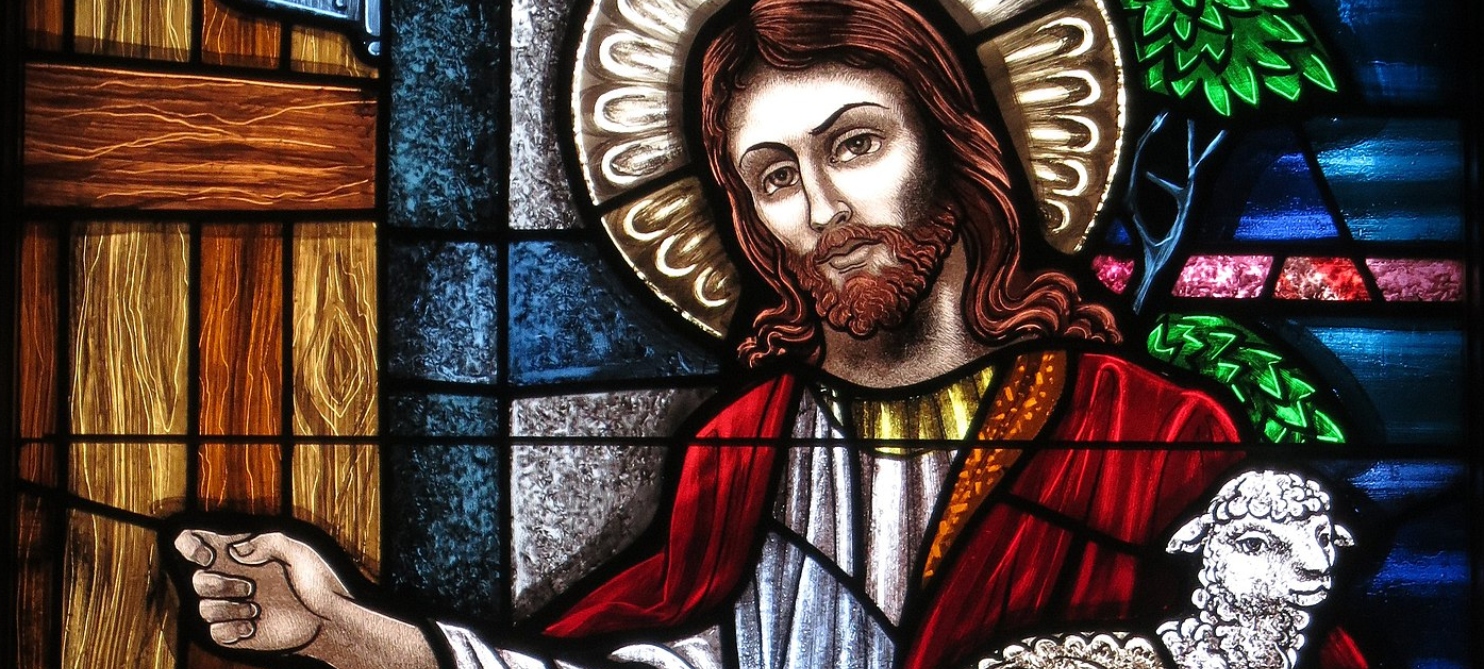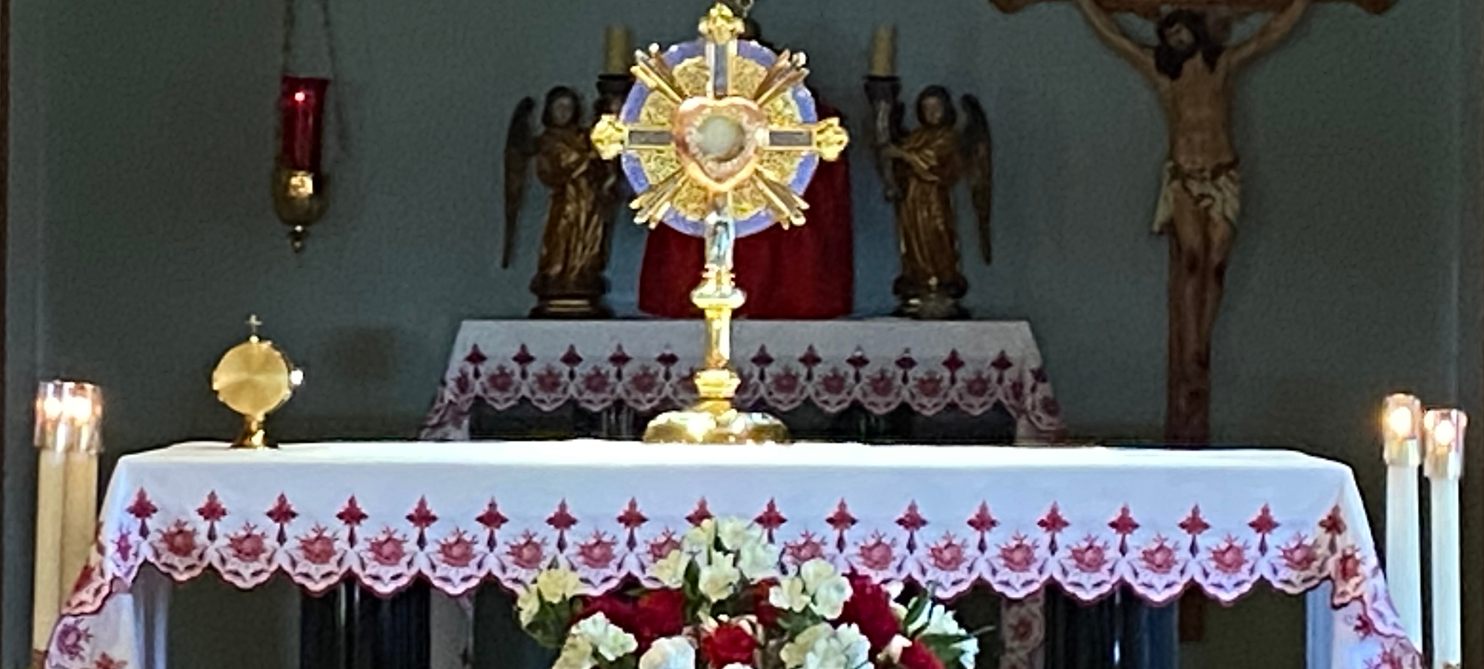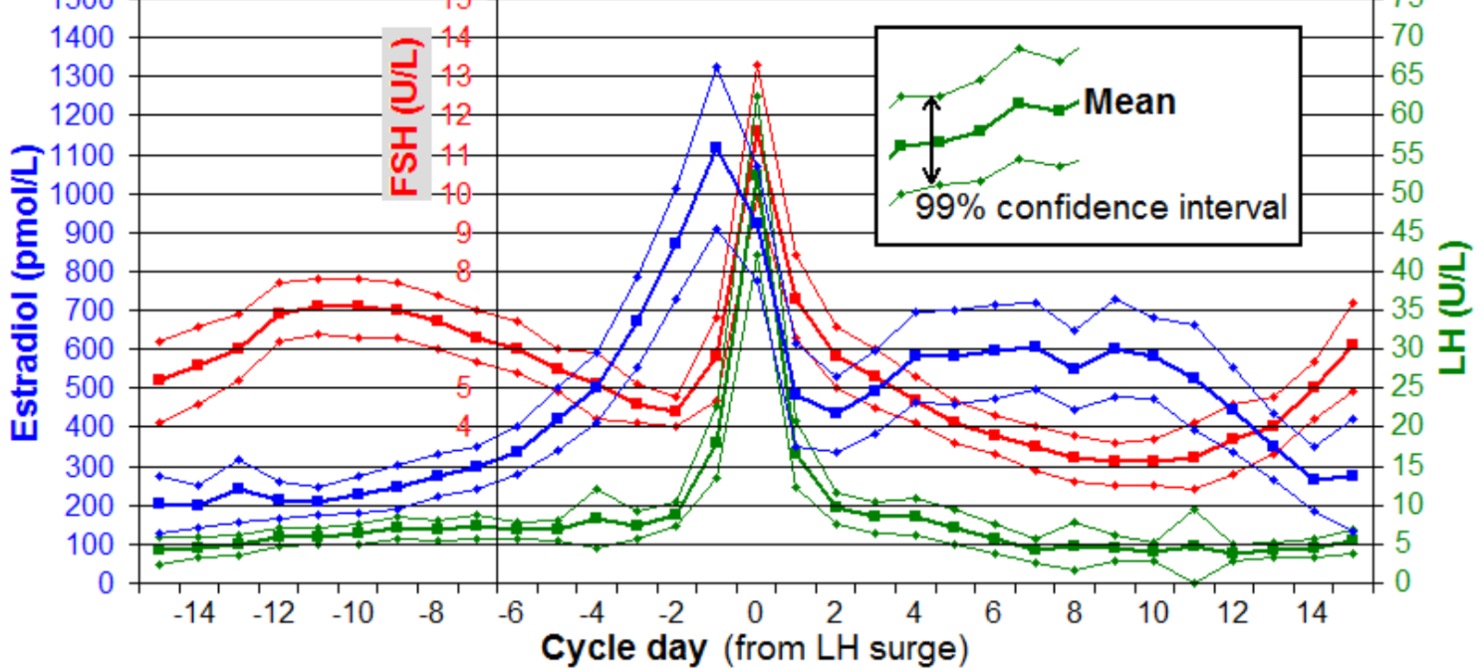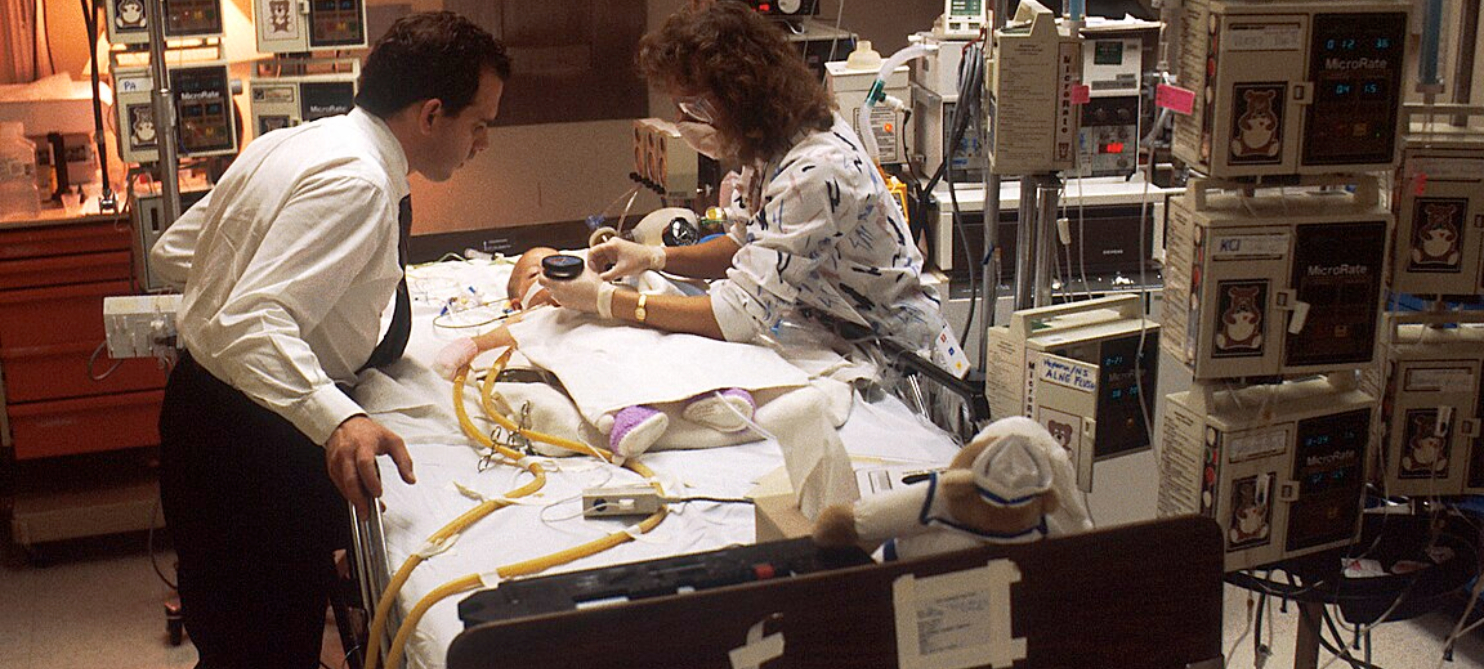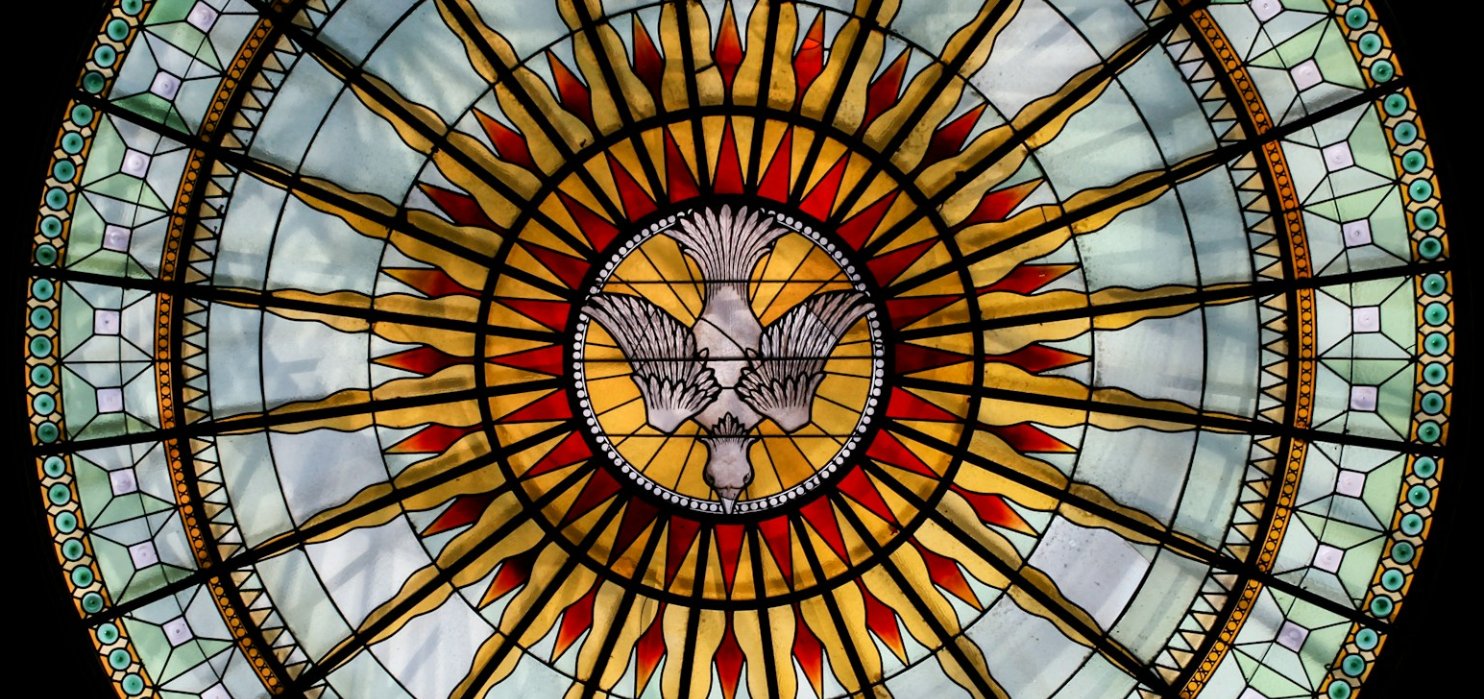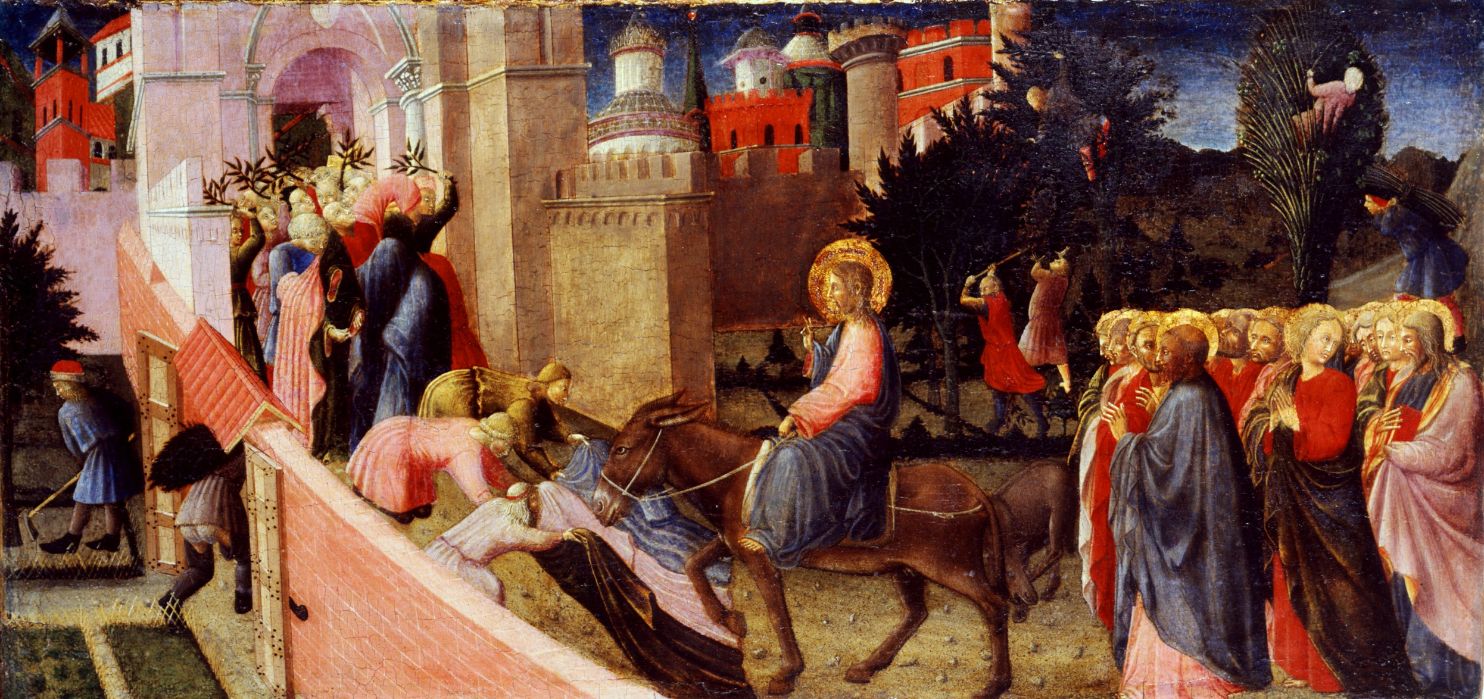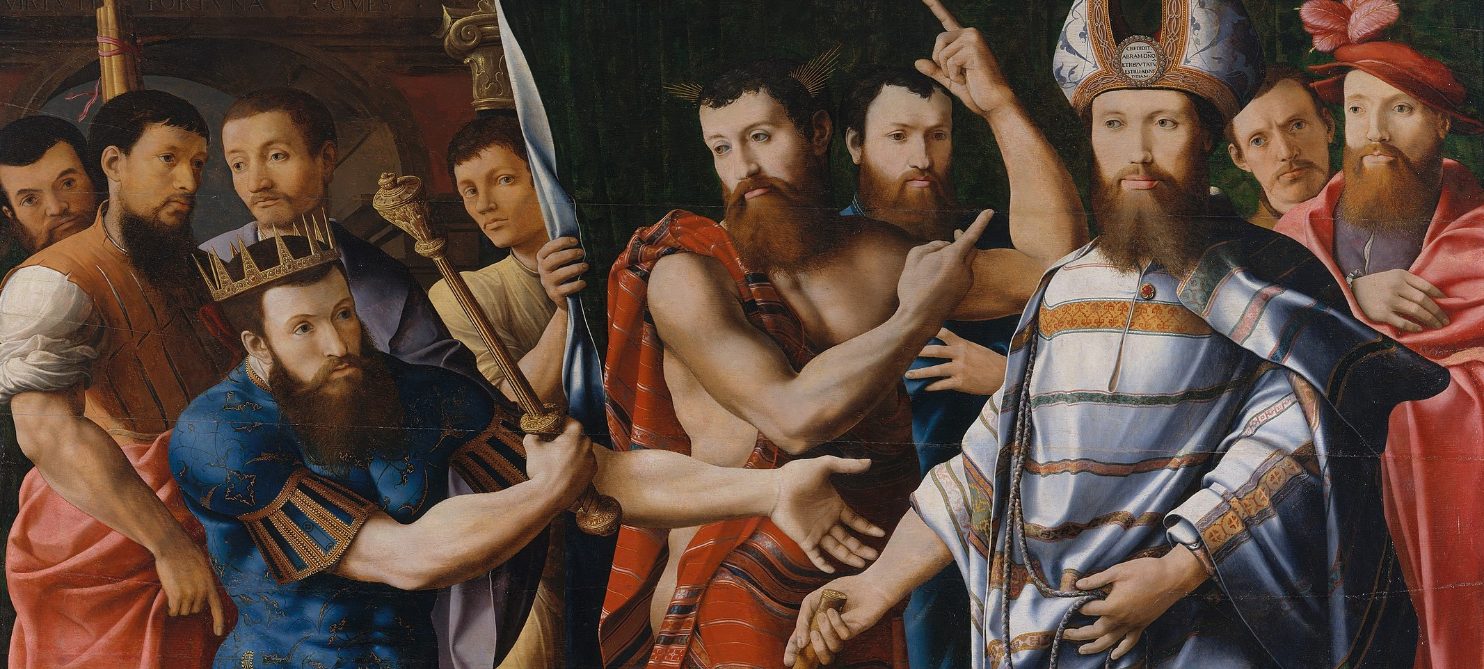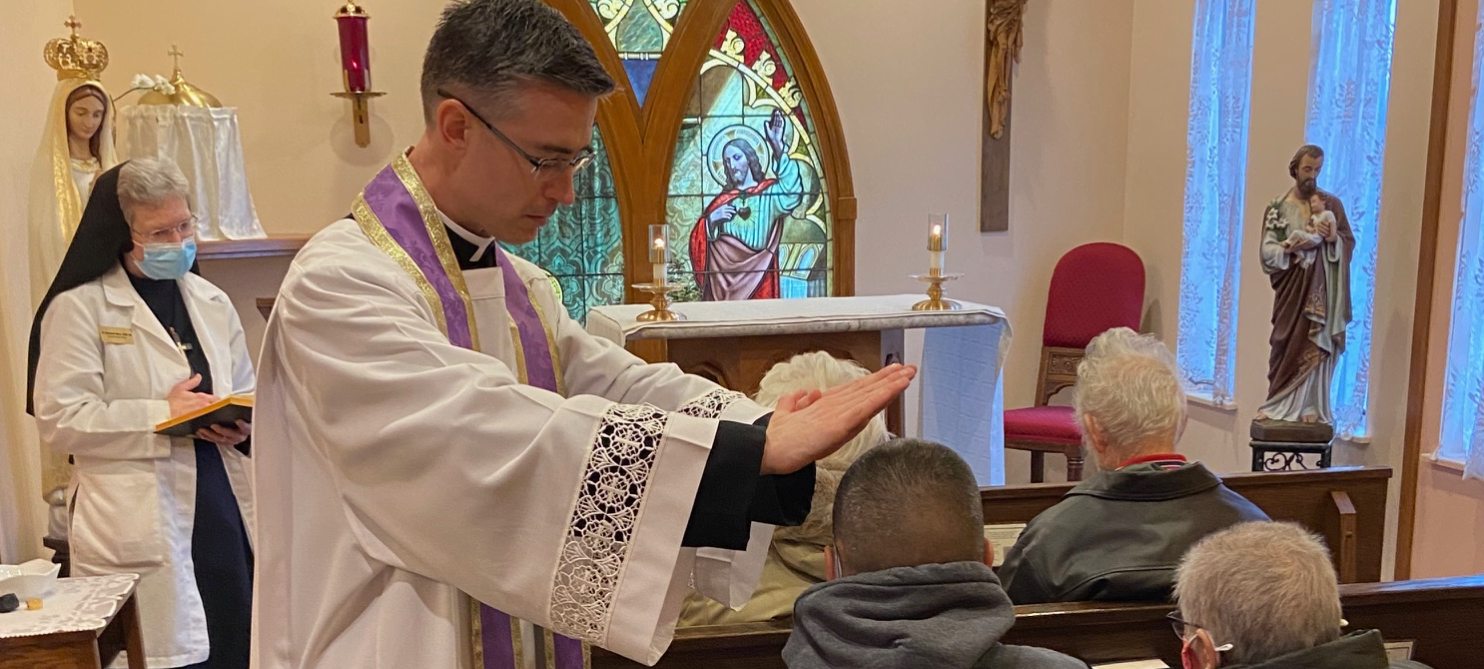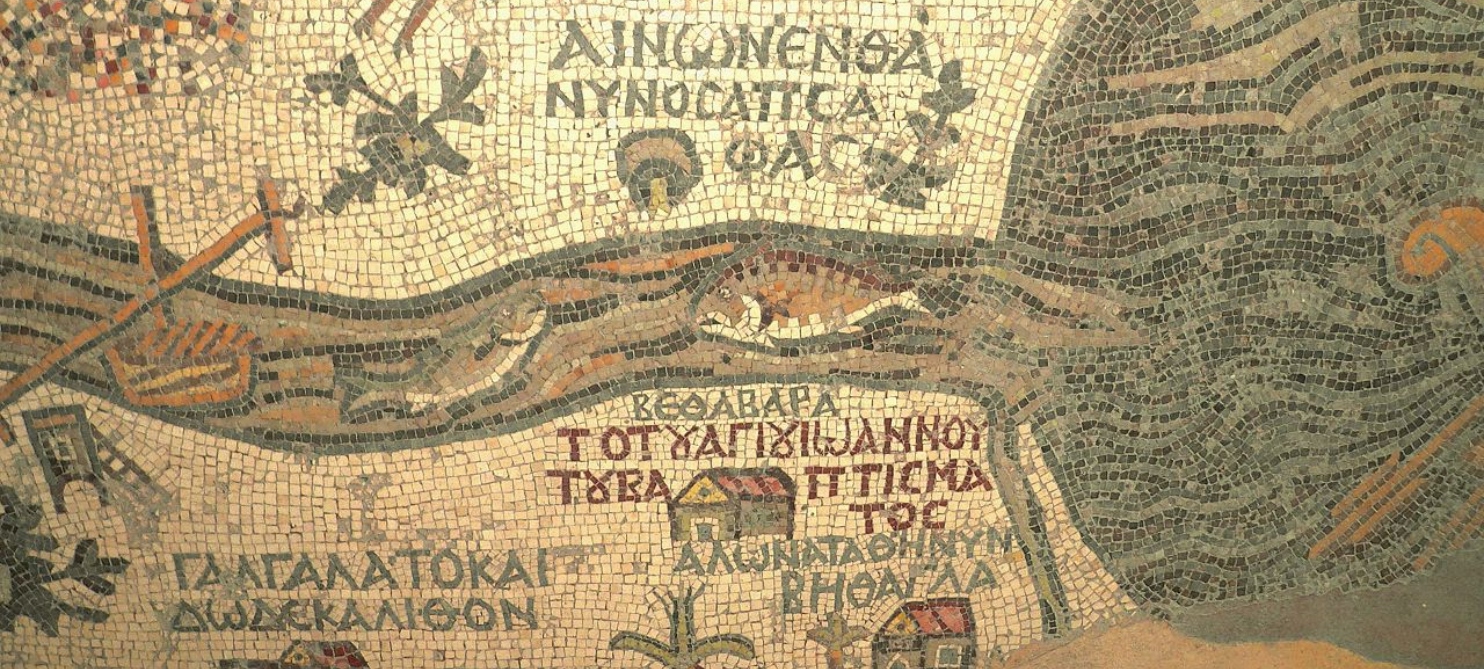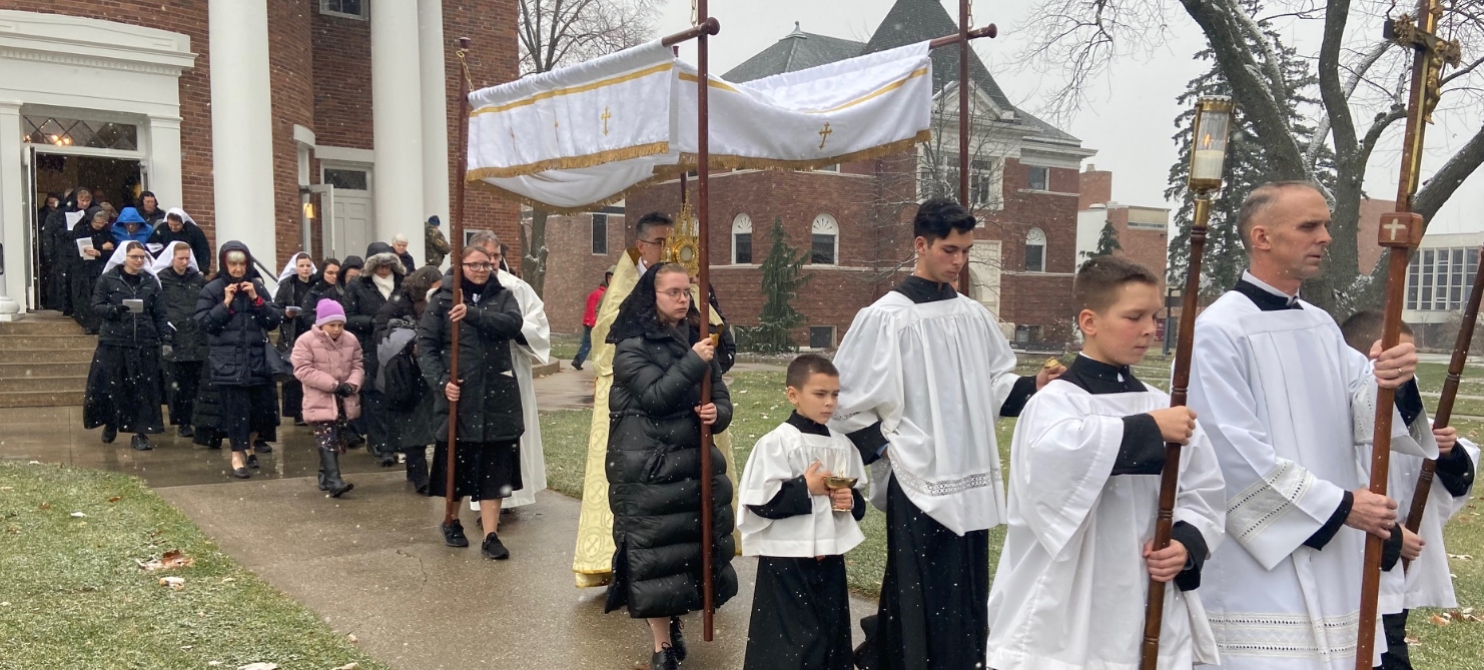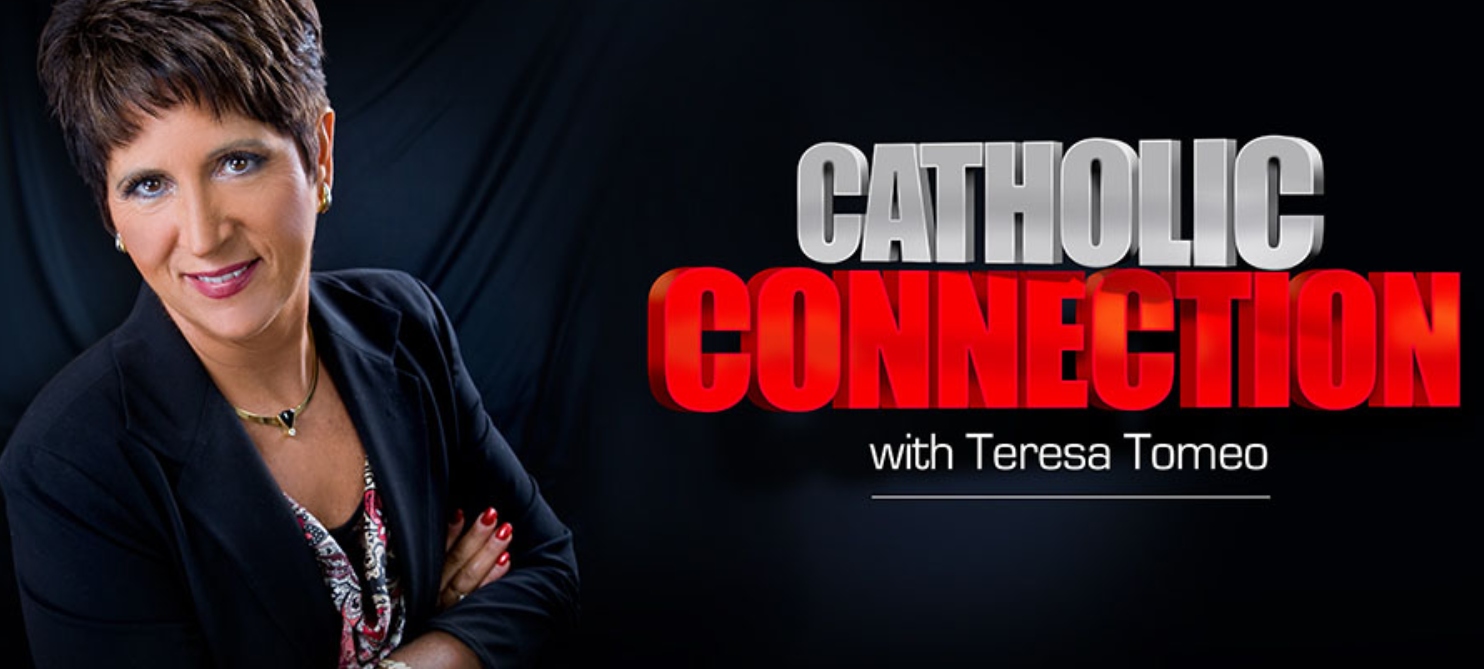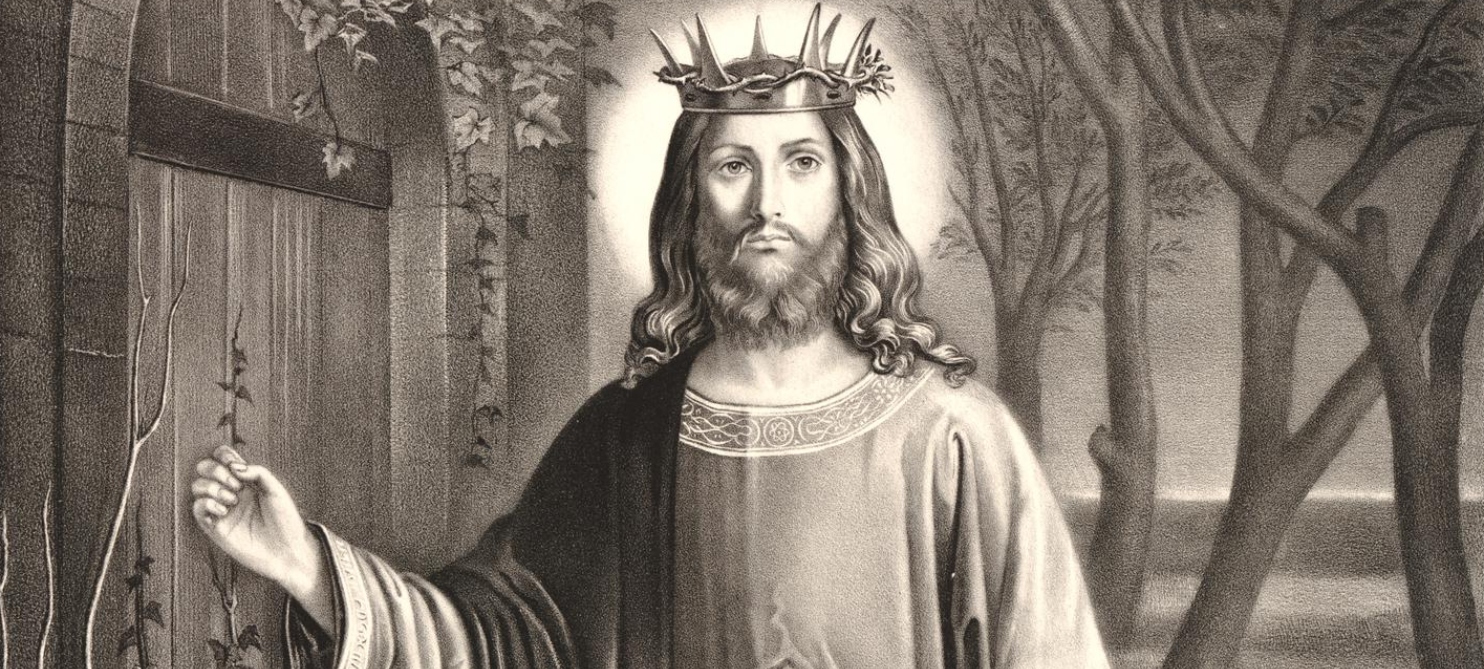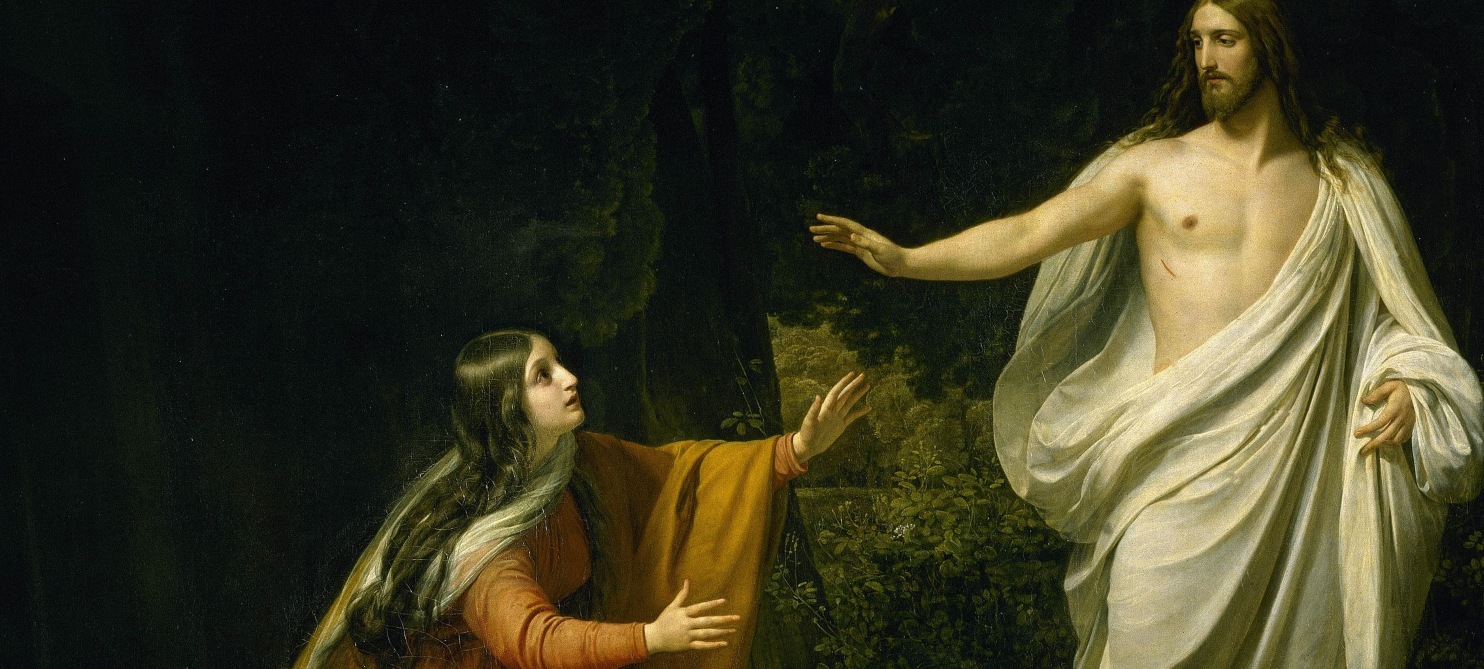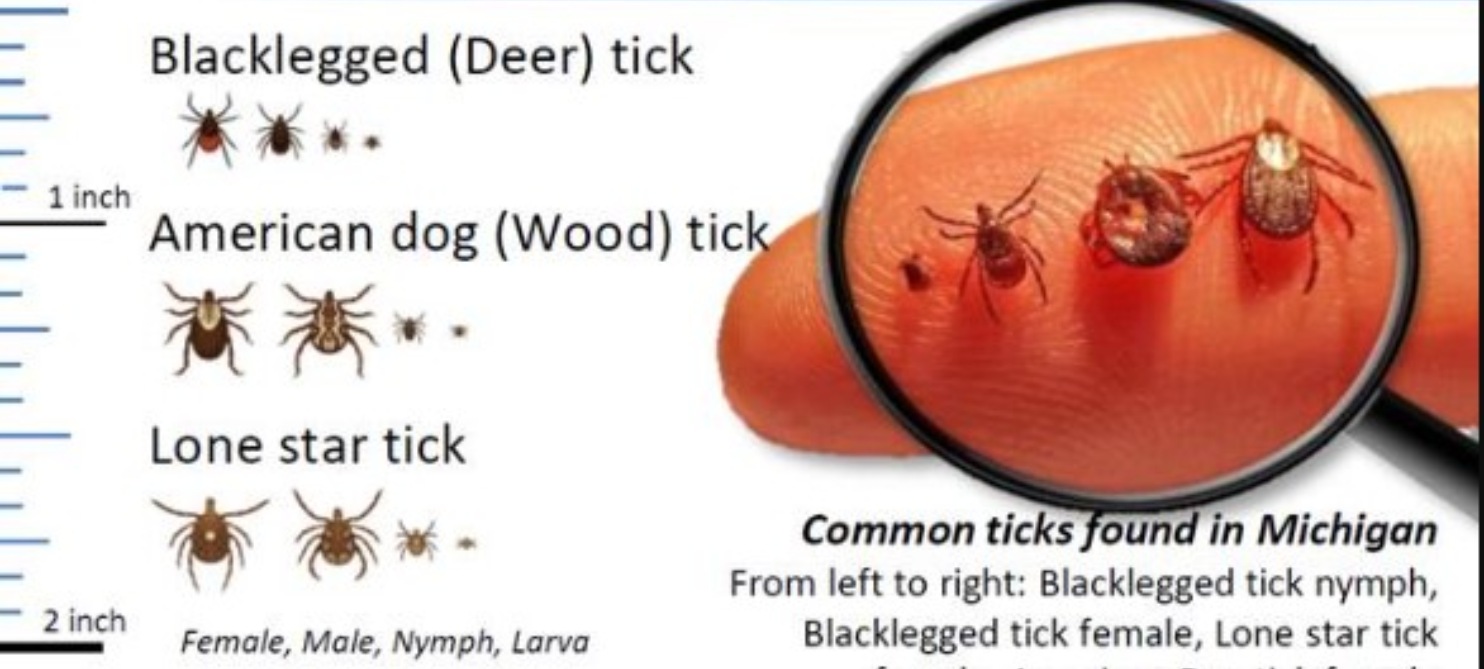Some years ago, when I was doing my training as a nurse practitioner, I worked with a surgeon. During a laparoscopic procedure inside a patient’s abdomen, the surgeon was showing me different structures and helping to orient me to what we were looking at by way of a camera. At one point, he turned the camera about 180° so that we were looking up toward the thoracic cavity. Because of the light on the camera, we could see the shadow of the heart and its movement through the pericardium and other tissues. This was something of a profound moment.
Under the heart of the mother
Many times, I had heard homilies about the Christ Child resting under the heart of the Blessed Mother, and while I knew that this was true, something about seeing the heart from the inside struck me deeply. In a new way, it was clear that in an actual, physical, and mystical way, in the Incarnation, Jesus and Our Lady were completely intertwined with one another, like one mystery enclosed within the other. In essence, it is an image of complete mutual surrender in love. And all of this because of the divine plan to rescue us, the divine offer made to a creature, and her sublime consent. Her consent was full and complete. One of the things that I love about the image selected for this post is that you can see our Lady completely open and wide-eyed in consent to the Incarnation. In accepting this vocation and giving her consent, she is giving consent to all that will come, which I think is represented by the image of the birth of the Christ Child in the stable (upper right) and the Flight into Egypt (upper left). As in our own lives, when we consent to God, we want our consent to be full, complete, a true offering to all that He will bring about in and through us.
Here is what the Catechism of the Catholic Church is about the heart and consent:
“The heart is the dwelling-place where I am, where I live; according to the Semitic or Biblical expression, the heart is the place ‘to which I withdraw.’ The heart is our hidden center, beyond the grasp of our reason and of others; only the Spirit of God can fathom the human heart and know it fully. The heart is the place of decision, deeper than our psychic drives. It is the place of truth, where we choose life or death. It is the place of encounter, because as image of God we live in relation: it is the place of covenant.”[i]
We can read about Mary’s consent in the Gospel of Saint Luke wherein she says, “Behold the handmaid of the Lord; be it done unto me according to thy word.”[ii] But what about the consent of Jesus? This is, of course, present throughout the Gospels, but we read it succinctly in Saint Paul’s letter to the Philippians:
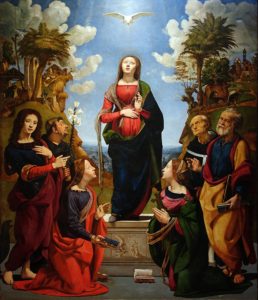
Incarnation of Jesus
Though he was in the form of God,
Jesus did not deem equality with God
something to be grasped at.
Rather, he emptied himself
and took the form of a slave,
being born in the likeness of men.
He was known to be of human estate
and it was thus that he humbled himself,
obediently accepting even death,
death on a cross![iii]
St Bernard’s Famous Advent homily, “Answer with a word, receive the Word of God”
St. Bernard, in a homily selected for the Office of Reading for December 20, provides a beautiful account of Our Lady’s consent and the longing of all humanity for her to say “Yes” to the Father’s plan:
You have heard, O Virgin, that you will conceive and bear a son; you have heard that it will not be by man but by the Holy Spirit. The angel awaits an answer; it is time for him to return to God who sent him. We too are waiting, O Lady, for your word of compassion; the sentence of condemnation weighs heavily upon us…
Answer quickly, O Virgin. Reply in haste to the angel, or rather through the angel to the Lord. Answer with a word, receive the Word of God. Speak your own word, conceive the divine Word. Breathe a passing word, embrace the eternal Word…
Open your heart to faith, O blessed Virgin, your lips to praise, your womb to the Creator. See, the desired of all nations is at your door, knocking to enter. If he should pass by because of your delay, in sorrow you would begin to seek him afresh, the One whom your soul loves. Arise, hasten, open. Arise in faith, hasten in devotion, open in praise and thanksgiving. Behold the handmaid of the Lord, she says, be it done to me according to your word.[iv]
How can we learn to consent like Our Lady? Let us ask her. She is the one who, out of all of us, has consented most perfectly. She is our mother; she knows how to help form Christ in us.
Pray with Saint Elizabeth of the Trinity, borrowing her words from her Prayer to the Holy Trinity:
“O Consuming Fire, Spirit of Love, overshadow me so that the Word may be, as it were incarnate again in my soul. May I be for him a new humanity in which he can renew all his mystery.”[v]
To read the whole selection for St. Bernard | The Whole World Awaits Mary’s Reply
To read St. Elizabeth of the Trinity’s entire prayer | The Prayer to the Holy Trinity
di Cosimo, Piero. “Incarnation of Jesus.” Wikimedia Commons. Wikimedia Commons, November 1, 2019. https://commons.wikimedia.org/wiki/File:Piero_di_Cosimo_Incarnation_of_Jesus_01.jpg.
[i] “PRAYER IN THE CHRISTIAN LIFE: What Is Prayer?” Para. 2563. Catechism of the Catholic Church – Christian prayer. Prayer in the Christian life. Accessed December 20, 2020. http://www.vatican.va/archive/ccc_css/archive/catechism/p4s1.htm.
[ii] Lk 1:38 ASV
[iii] Phil 2:6-8. “Canticle – Philippians 2:6-11: Christ, God’s Holy Servant.” Advent Week 4 Sunday – Evening Prayer I. Accessed December 20, 2020. http://www.liturgies.net/Liturgies/Catholic/loh/advent/week4sundayep1.htm.
[iv] Bernard, of Clairvaux. “From a Homily In Praise of the Virgin Mother by Saint Bernard, Abbot: The Whole World Awaits Mary’s Reply.” December 20 – Office of Readings. Accessed December 20, 2020. http://www.liturgies.net/Liturgies/Catholic/loh/advent/december20or.htm.
(Hom. 4:8-9; Opera omnia, Edit Cisterc 4. [1966], 53-54)
[v] Mackey, Noreen. “The Trinitarian Prayer of Elizabeth of the Trinity.” The Trinitarian Prayer of Elizabeth of the Trinity | THE WEBSITE OF THE CARMELITE ORDER | WELCOME. Order of the brothers of the Most Blessed Virgin Mary of Mt. Carmel. Accessed December 20, 2020. https://ocarm.org/en/content/ocarm/trinitarian-prayer-elizabeth-trinity.
Posted January 1, 2021


